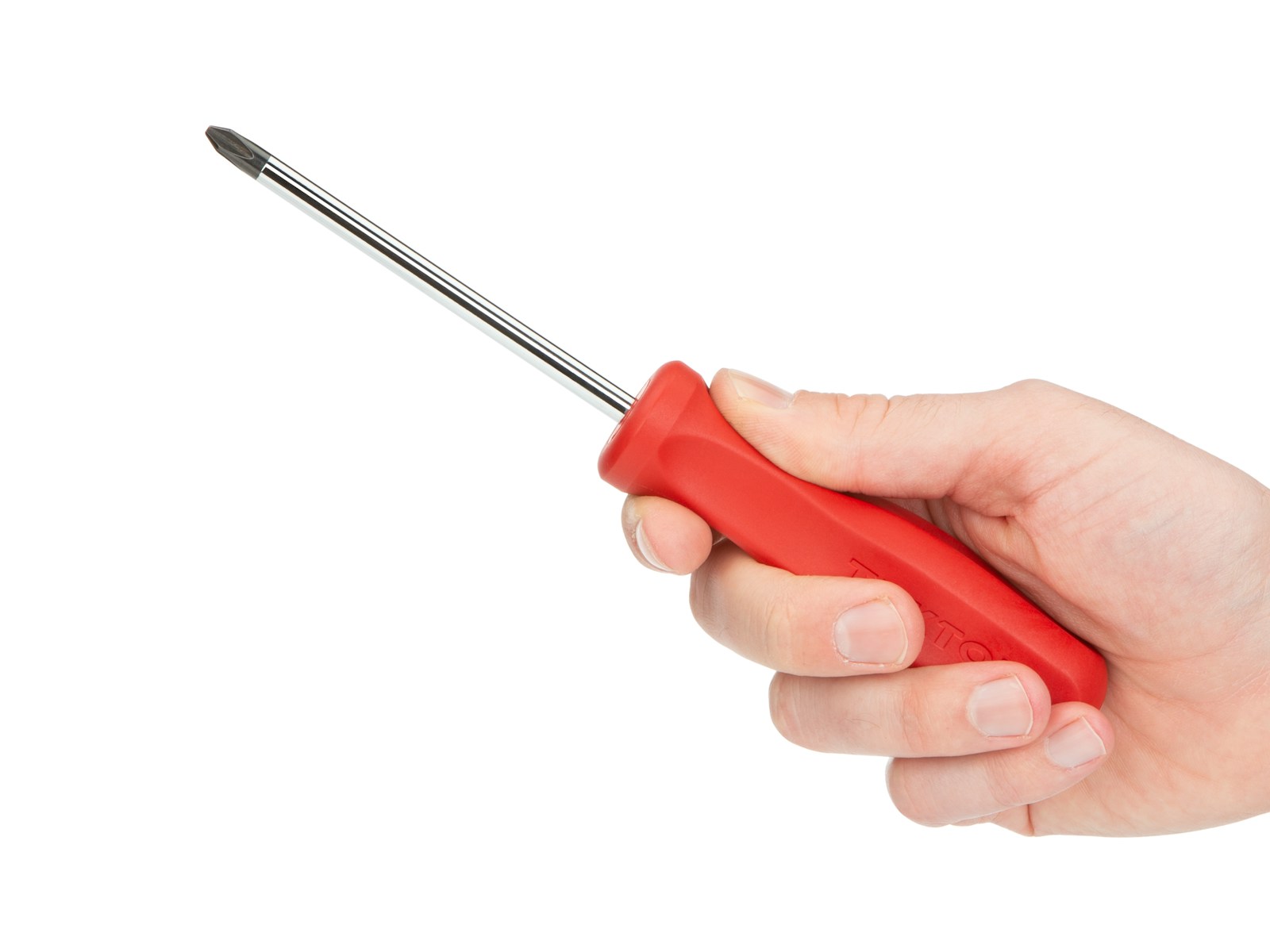Keeping your lawn healthy requires proper watering, but how can you tell if your grass is truly thirsty? One simple yet effective method is using a screwdriver to test soil moisture levels. This quick, low-cost technique can help homeowners avoid over- or under-watering their lawns, ensuring lush, green grass throughout the season.

Why Use a Screwdriver to Test Lawn Moisture?
A screwdriver offers a simple and reliable way to check soil moisture without specialized tools. Here’s why it’s a great option:
- Affordability: Most households already have a screwdriver on hand.
- Ease of Use: No technical knowledge required.
- Non-Invasive: Unlike soil probes, it won’t damage your lawn.
- Quick Results: Provides immediate insights into your soil’s condition.
How to Test Lawn Moisture with a Screwdriver
Follow these easy steps to determine if your lawn needs watering:
- Choose the Right Tool: Use a standard 6-8 inch flathead or Phillips screwdriver.
- Pick a Testing Spot: Select multiple locations across your lawn, including high-traffic areas and shaded spots.
- Insert the Screwdriver: Push it straight down into the soil.
- If it slides in easily, the soil has adequate moisture.
- If you encounter resistance, the soil is too dry and needs watering.
- Observe Depth: Ideally, the screwdriver should penetrate 6 inches deep. Anything less indicates dry soil.
- Repeat the Test: Perform the test weekly or after rainfall to monitor moisture levels.
Common Mistakes to Avoid
- Testing Only One Spot: Soil moisture can vary; test different areas for accuracy.
- Ignoring the Weather: Recent rainfall may skew results.
- Forcing the Screwdriver: If it doesn’t penetrate easily, don’t force it and risk damaging roots.
Comparing the Screwdriver Method to Other Techniques
| Method | Cost | Accuracy | Ease of Use | Environmental Impact |
|---|---|---|---|---|
| Screwdriver Test | Free/Low | Moderate | Very Easy | None |
| Moisture Meters | $10-$50 | High | Easy | Minimal |
| Soil Probes | $20-$100 | High | Moderate | Minimal |
| Visual Inspection | Free | Low | Very Easy | None |
When to Perform the Test
- Early morning or late evening for the most accurate readings.
- During hot, dry periods to prevent grass stress.
- Before fertilizing to ensure nutrients penetrate properly.
Benefits of Proper Lawn Moisture Management
- Healthier Grass: Prevents brown spots and promotes growth.
- Water Conservation: Avoids unnecessary watering, saving money and resources.
- Pest Prevention: Overwatering can lead to fungus and insect infestations.
Sustainability Considerations
Using a screwdriver test helps reduce water waste and supports eco-friendly lawn care by promoting:
- Reduced reliance on automated irrigation systems
- Lower water bills
- Healthier root systems with proper watering habits
Homeowner Testimonials
“I used to overwater my lawn all the time, but the screwdriver test helped me find a better balance. Now, my lawn looks great and I’m saving on my water bill!” — Mark, Phoenix, AZ
“This method is so simple and effective. I tested multiple areas, and it really made me aware of how inconsistent my watering was.” — Susan, Orlando, FL
Final Thoughts
Testing your lawn’s moisture with a screwdriver is an easy, cost-effective way to maintain a healthy yard. Regular testing, combined with good watering habits, can help you achieve lush, green grass without wasting water.



